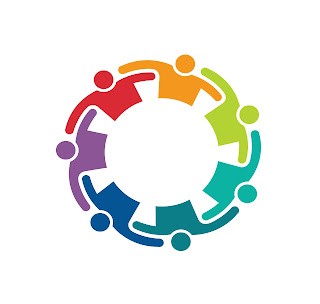Alcoholics and addicts have tendency to overcomplicate the simplest of situations. We over-think things that don’t even require thought, only action. If life in addiction is complicated, recovery should be an elementary iteration of existence. One need not worry about the things that once consumed their day in addiction. You no longer need to ask the question of how you will fuel the disease for just one more day. We don’t have to keep track of who we are dishonest to anymore because we are working an honest program.
In recovery, one commits him or herself to putting their best foot forward. They follow the lead of those who came before, to experience the miracles of recovery, too. More importantly, those in recovery have different perspectives than they once had, in turn giving them a new lease on life. This current mindset allows one to exercise an attitude of gratitude for those who support them in their endeavors.
Paying It Forward
When a person works the Steps and follows the direction to live a spiritual life, it allows them to strive for serenity. In doing so, one can be available to their fellow members of the program. No longer trapped inside our heads, consumed by our selfish desires, we can be there for others. After a person becomes versed in the steps (having gone through them with their sponsor), they are in a position to serve as a guide to a newcomer. This leads us to the next acronym, S.P.O.N.S.O.R. (Sober Person Offering Newcomers Suggestions On Recovery).
Accruing sober time in recovery is excellent, but if you want to keep it, you have to pay it forward. When you arrived in the Rooms, someone else selflessly guided you along the way. They walked you through the steps, lathered you with platitudes and acronyms until your head spun, and then told you to pass the message to the newcomer. That's what keeps the cycle of addiction recovery going. We can't rest on our laurels; we are not cured, we must carry the message that if one is willing to do the work—recovery is possible.
You may not be at the point of sponsorship (yet), but it’s beneficial to take stock of the things you hear or see that help you stay sober Just for Today. Please do not write off pithy sayings and acronyms as being overused and unuseful. There will come a time when someone needs to hear what you have learned along the way, and it may be as simple as telling someone P.A.C.E. (Positive Attitudes Change Everything).
Addiction Treatment: A Gateway to Recovery
Not everyone can march into a room of recovery with a desire to quit drinking or drugging. Heavy abuse for an extended period can make abstaining from drugs and alcohol exceedingly tricky. Detox and addiction treatment are proven methods of traversing the early stages of recovery. If you or a loved one is battling alcohol and substance use disorder, please contact Celebrate Hope at Hope By The Sea.




























